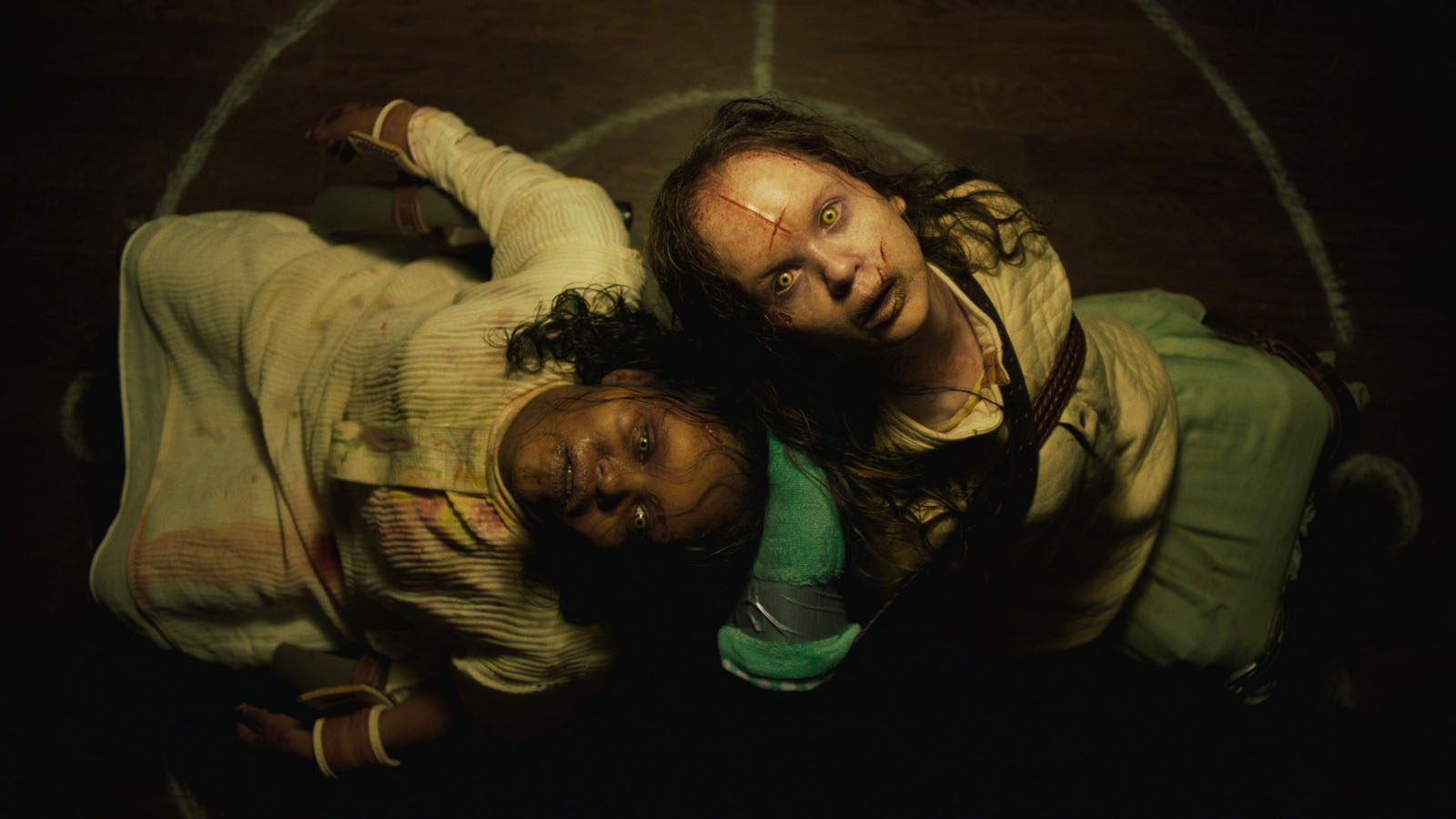
Pauline Kael’s New Yorker review of The Exorcist was published the first week of January 1974, just after the film’s intentionally provocative Christmastime release. In short, Kael hated The Exorcist. “The picture isn’t a gothic horror comedy, like Psycho or Rosemary’s Baby,” she wrote. “It has been made as a heavy, expensive family picture. It’s faithful not to the way many people read the book—as a fast turn-on entertainment—but to [William Peter] Blatty’s claims about what the book was intended to be. It’s an obtuse movie, without a trace of playfulness in it. A viewer can become glumly anesthetized by the brackish color and the senseless ugliness of the conception.”
Even for fans of The Exorcist, there’s much to heed in Kael’s severity, particularly her acute attention to the studio machinations of a film that, like many of director William Friedkin’s works, was marketed beyond the scope of the film’s actual capabilities. It didn’t help that the aforementioned Blatty, bloviating author of the source material and The Exorcist’s screenwriter, held tightly—too tightly—to the mainstream attention that came from the film’s controversy. Even Friedkin admitted that Blatty didn’t strike him as the right person to adapt his own material. Bully for him ultimately; Blatty won the Oscar for Best Adapted Screenplay, conveniently casting such a large shadow over his original novel that few, apart from Kael, cared to note how poorly written and cheaply sensationalist it was. Kael continued, “Whatever Blatty’s claims, if The Exorcist scares people that’s probably all it has to do, in box-office terms, and basically that’s all the whole unpleasant movie is designed to do.”
I disagree with Kael on what The Exorcist does, the effect it has, and its worth or lack thereof, but I appreciate the sharpness of her critique of the machine behind it, of the insidious possibility of meaningless ugliness. Cynical, overhyped, lurid productions abounded then and they abound now. These cash grabs tend to be made in the genre realm, where audiences supposedly don’t care for quality or passion and only want familiar, diminishing returns. Many of Kael’s scathing thoughts could apply directly to The Exorcist: Believer, the most recent installment in the franchise and the start of a new trilogy that ignores the continuity of the original’s many sequels. The film is directed by David Gordon Green, former indie darling, current studio hack, whose highly lucrative Halloween trilogy recently ended. The studio is Blumhouse, reigning purveyor of horror films at varying levels of sophistication. It’s worth setting the scene for how this new Exorcist came to be.
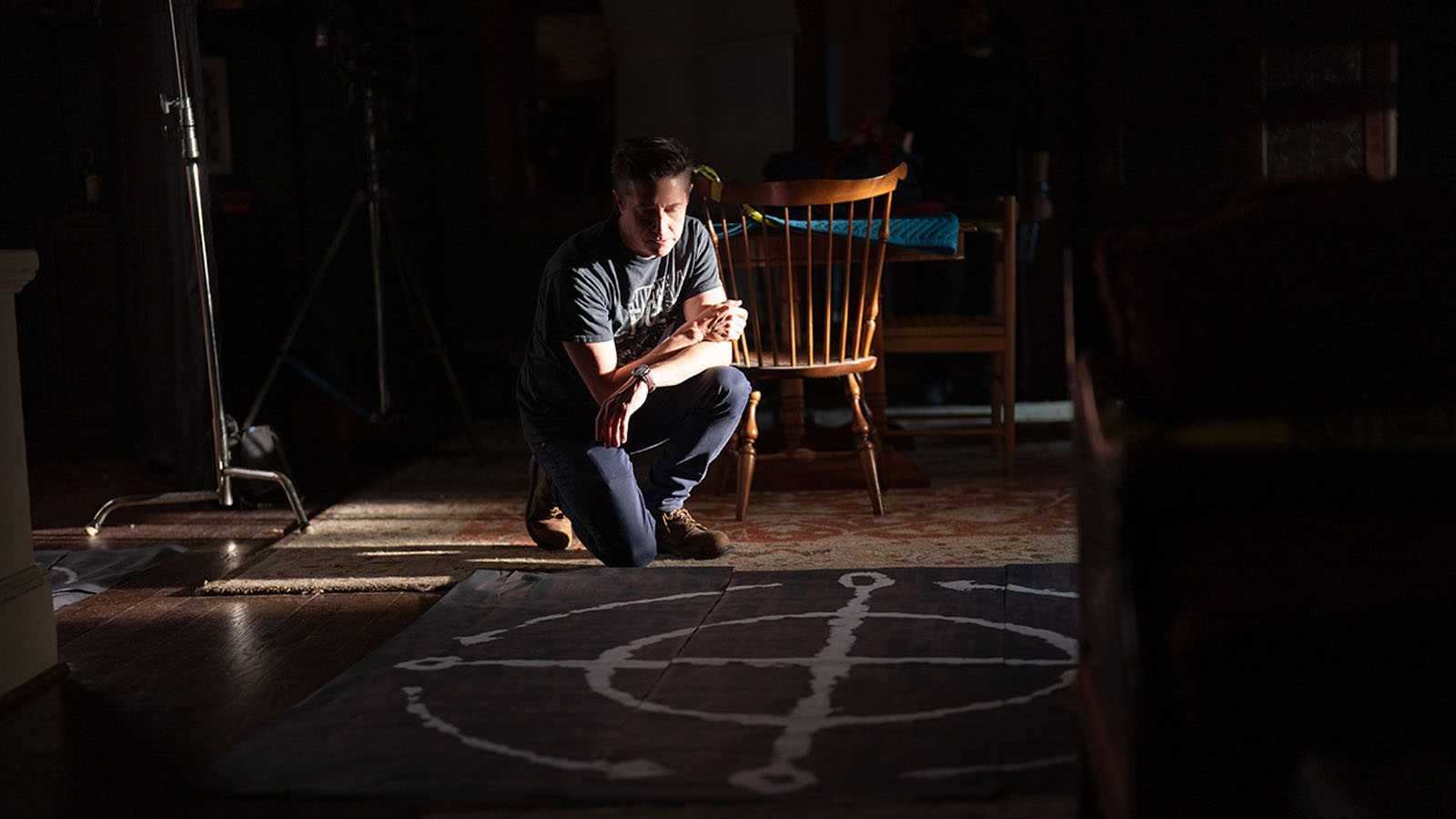
Jason Blum started Blumhouse back in 2000, slowly but steadily building a production company that reliably churned out low-budget, mid-tier horror fare, with a few bright sparks (Creep, Hush) in the mix. Famously, horror films are cheap to produce. The seasonal theatrical dumping ground that marks the first three months of every year used to be littered with them: small, pulpy projects released in the liminal zone after Oscar season that didn’t necessarily need to feature big-name actors to make their money back. In 2017, Blumhouse found its stride with Jordan Peele’s directorial debut, Get Out, a sleeper hit that generated awards buzz and over $250 million in box-office revenue against a budget of less than $5 million. The studio had already produced a few big successes, notably with the Paranormal Activity, Purge, and Insidious franchises, but its bread and butter lay with a large quantity of both high-profile theatrical and direct-to-video releases. Get Out propelled the company to more stable fame, inspiring Blum not to change its approach but merely accelerate it. Now, like A24, Blumhouse’s ubiquity is inescapable and its financial success has led to openly cynical choices.
In 2021, it was announced that NBCUniversal bought a new Exorcist trilogy for over $400 million, a “streaming gold rush” deal that The New York Times compared to Netflix’s $465 million purchase of two sequels to the whodunit Knives Out. In late 2022, Blum and director-producer James Wan announced their intention to merge their companies—two of the biggest Hollywood horror producers—in tandem with Blum’s first-look deal with Universal. It’s difficult, in the midst of so much proud corporate shuffling, to glimpse anything approaching genuine creative interest in the properties involved. Or, rather, it’s easy to see how something as risible as The Exorcist: Believer came to be.
In the hands of enterprising studios, films like Friedkin’s Exorcist tend to be bandied about as diverting trifles with rich legacies. The most obvious headlines get recirculated, the same major moments replayed, with very little substantive attention paid to what granted the film its longevity. This goes some way toward describing Green’s take. The film follows Victor Fielding (Leslie Odom, Jr.), a photographer and single father whose wife, Sorenne (Tracey Graves), died tragically in an earthquake in Haiti. The couple’s young daughter, Angela (Lidya Jewett), is haunted by her mother’s absence and given little else to distinguish her personality. Her classmate and friend Katherine (Olivia O’Neill) has even less to mark her, the daughter of devout southern Protestants, the seemingly whole foil to Angela’s broken parentage.

In his DVD commentary for The Exorcist many years after its release, Friedkin said, “Today’s audience is not used to seeing so much characterization before anything happens. They usually want the spills and chills in the first reel.” One method of viewing The Exorcist: Believer, if one does so at all, is as the active witnessing of a stranger watching the original and fast-forwarding through it. By this, I mean it becomes obvious throughout Believer which moments from Friedkin’s film Green thinks are worth echoing and which are disposable, what lines and images resonate most legibly, with little to no emotional or intellectual attachment brought to bear on their recollection. For instance, Green reproduces the pair of growling, snapping dogs first seen in The Exorcist’s opening prologue in the northern Iraq desert, transposing them to the beaches of Port-au-Prince, where Believer opens. Except, while Friedkin utilizes the dogs for metaphorically potent yet abstract means, Green presents them as a visual reference to the original—a creepy, foreboding image that has no chance to develop into something plausibly affecting or mysterious.
Green does this time and again, cherry-picking details and character traits and placing them before the audience like breadcrumbs that are supposed to connect The Exorcist to this new chapter. Victor chases Angela around the house the same as Chris MacNeil (Ellen Burstyn) did with her daughter, Regan (Linda Blair). Victor boxes, recalling Father Damien Karras (Jason Miller). The demon Pazuzu, here pulling double duty and possessing two different girls, repeats the phrasing “cunting daughter” for no reason other than the fact that he is known to have said it 50 years ago. Heads are twisted, beds are wet, and pubescent vaginas bleed. The Exorcist: Believer tries as hard as possible to force a connection to the original film, sometimes by simply restaging the same gags because it believes the original is a movie propped up by those gags. And this is before Ellen Burstyn shows up.
One unnamed Letterboxd user joked that Green’s Halloween trilogy seemed the result of machine learning, narrative threads, characters, and names thrown together in a fancy blender. Inherent in a tossed-off comment like this is the sense of a filmmaker on autopilot. After signing the expensive contract, he is confronted with the question of what audiences want from a reboot of an iconic property—he does not question whether audiences even want a reboot—and decides they want facile familiarity and more advanced special effects, callbacks and so-called subversive twists, safe in the knowledge that the studio will dutifully rebrand this endeavor as “fresh” and “bold.” “AI-generated” seemed an apt descriptor of Green’s Halloween, but it doesn’t quite wash here. The first 20 minutes of Believer showcase Green’s very human effort to channel the visual and editorial specificity of Friedkin’s film, utilizing a roving handheld camera, elliptical cuts, and jarring sound design to emulate the disjointed hyperrealism of The Exorcist. This says more about Friedkin’s film than Green’s. If The Exorcist had simply been a conventional horror feature, Green’s aesthetic pirouettes in Believer would seem utterly inventive by comparison. But Green is not creating his own cinematic language, he is simply trying his hardest to copy Friedkin’s, without any understanding of the greater world within it.
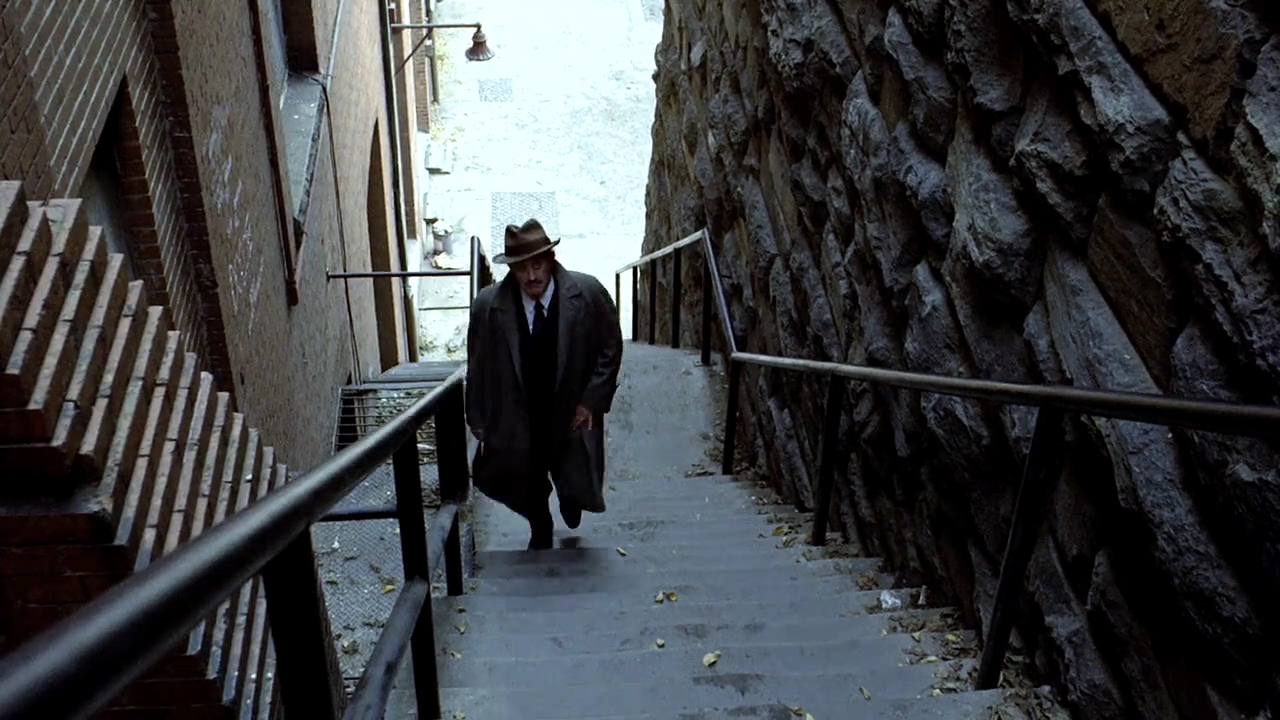
In that both films are ugly, there is something shared beyond cameo and callback. But this ugliness is as bifurcated as Friedkin’s constant juxtaposition of light and dark, good and evil—a superficial similarity, not a true one. Friedkin was a rogue documentarian of the mundane. That his films were set in and depicted the supposedly extreme edges of society was counterbalanced by his eye and heart for the private, isolating interiorities universal to all yet acknowledged by none. To the end of his life, Friedkin resisted describing The Exorcist as merely a horror film. Such characterization is borne out many times over in the careful, delicate character portraits painted throughout the film, particularly the scenes focusing on Lieutenant William F. Kinderman (Lee J. Cobb).
As friend and critic Frank Falisi put it, Friedkin’s works “all neglect providing language to ensure a certain reading. Or: they contain multiple strains of language.” As such, Friedkin kept his eye trained on the intake, on the way that people processed and struggled to make sense of their lives. This imbues The Exorcist with that aforementioned ugliness, which appears only half intentional; from the potted tarmac to the faceless Catholic mass to Chris MacNeil’s tea sets, everything and everyone looks irrevocably stained, products of careful production design, yes, but also the accumulation of well-acted emotional textures, dramatic compositions, and quiet scenes of attempted normalcy. The audience’s disgust at what Pazuzu forces Regan to do is complemented by the unsettling sense that the very environment has been in some invisible way tainted well before the introduction of the supernatural. On the technical level, Friedkin achieved this largely without music, without portentous sound cues, without the slow push-in of a camera or the cheap titillation of a jump scare.
Indeed, The Exorcist is a film that often feels made up of moments that don’t connect, the same story experienced in as many ways as there are characters, the notion of true metaphysical evil intrusive and totally alien. It is a film about faith without the rousing triumph of redemption, a detective investigation without a corporeal perpetrator, a portrait of familial desperation without the saving grace of love. No one, not Regan, not her mother, not even Father Lankester Merrin (Max von Sydow), does anything to cause Regan’s possession, itself violent, profane, and without any precedent in the film’s tone. Its very randomness is matched by the lack of a clear moral lesson. If one believes, as Kael did, that Friedkin was in fact passing down a harsh and backwardly righteous screed, then it is given without conviction toward a redemptive solution. Karras and Merrin answer their respective religious callings, but their faith is not caught by the MacNeil family. Karras’s sacrifice arguably dooms him to his ever-present guilt rather than free him from it. And Regan’s amnesia about the events of her possession seems incomplete at best, a convenient veil of ignorance thrown over a period that will haunt everyone around her and eventually find its way back to her. More feels broken by The Exorcist’s conclusion than resolved.
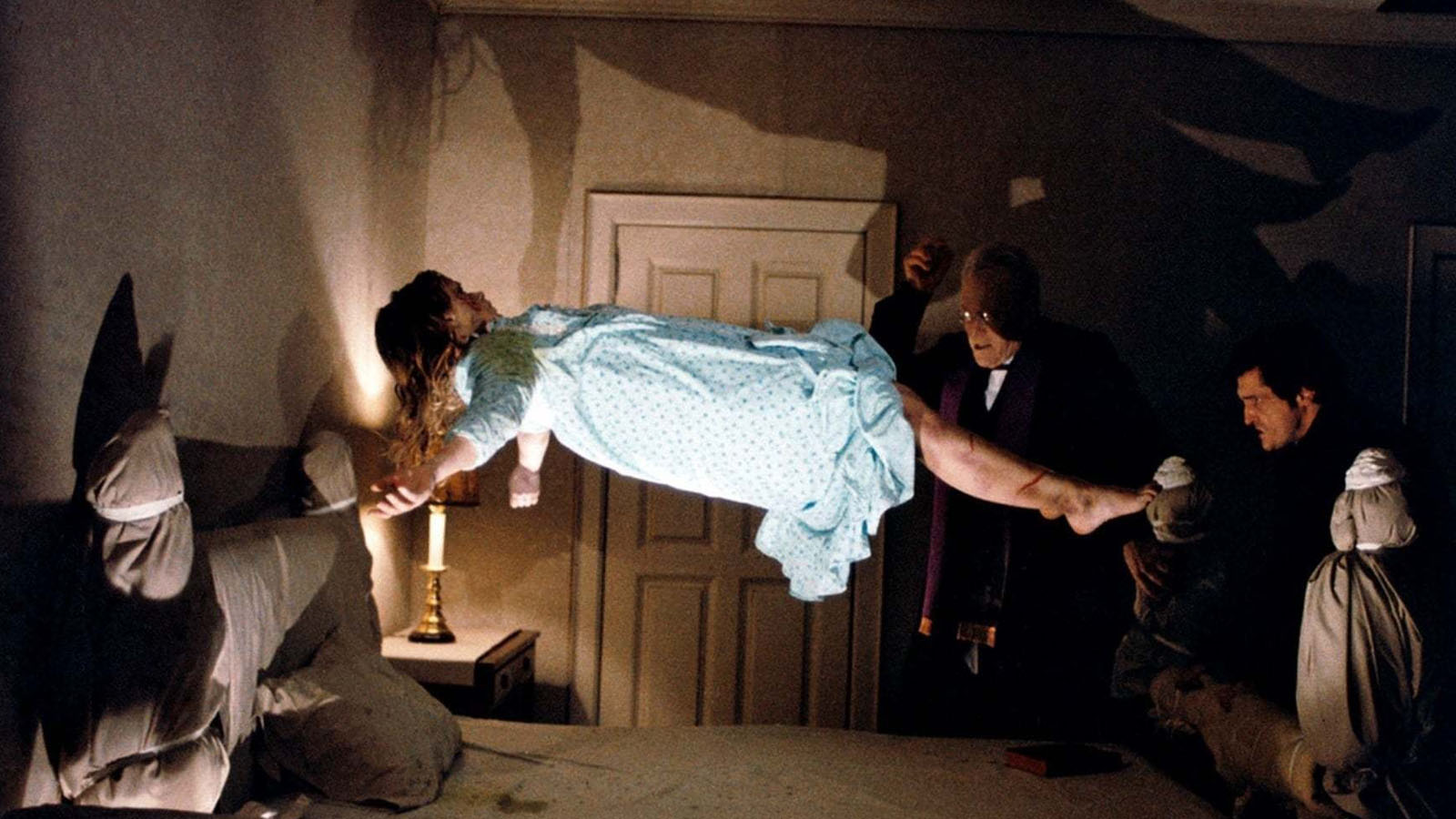
By contrast, David Gordon Green conjures an entirely separate world, one populated by generalized caricatures instead of real people, full of bustling small towns built from the most impoverished sense of American normalcy. Insofar as Green is not Friedkin, nothing can be done. But Green had demonstrated dramatic deftness in his earlier work but now seems unwilling to marshal that skill with a larger canvas. He swerves in the opposite direction of Friedkin (and, in Halloween’s case, John Carpenter), seemingly driven by the misguided idea that predictability is the same thing as well-earned anticipation, one-dimensional characterization the modern equivalent of universality.
Here, the missing parent is not only dead but used as a posthumous badge of guilt for Victor, who is made to feel like a bad father for initially choosing to save his pregnant wife’s life over his daughter’s. Ominous, emphasizing music prods and cajoles in step with unimaginative jump scares. Green, in love with the nighttime bloom of police lights flashing on wet streets, doesn’t trust his audience to sit with a curious image or a slow, developing scene. He and co-writer Peter Sattler vacillate wildly between cloying sentimentality about togetherness and community (scenes late in the film read like highly produced church testimonials) and abrupt bursts of seemingly senseless but ultimately toothless violence. There is a strict adherence to the most basic narrative arithmetic. The feeling in The Exorcist: Believer, condescending and rote, is one of “this is what happens when…,” an impulse the original film thwarts. As with so many derivative possession movies, evil comes as a result of emotional weakness rather than an entity’s desire for wanton chaos. Religious faith is treated as an amenity some people simply don’t have access to, warranting nonsense platitudes like “sometimes to go forward you have to go back” that recapitulate the idea of belief as a matter of attitude.
If nothing else, a film with so much money behind it should have a sense of danger in at least one scene or the good grace to spend its money lavishly. If nothing else, that scene, if there must only be one, should be the climactic exorcism. The spectacle Green creates in the third act takes the intriguing idea of an interfaith exorcism and quashes it in favor of poor CGI, rhythmless editing, and pat assurances of love and familial unity. It comes together, falls apart, and concludes with a death so meaningless and manipulative there is a vacuum of emotional response. Green’s vision of ugliness lies in tandem with violence, blasphemy as the combination of the gross and the iconic, which would make a more visceral impact if he had any strong conviction about the subject matter. But this is the first installment in a trilogy and Green treats it as such, initially with gusto and then mechanically. In its denouement, The Exorcist: Believer manages to do the opposite of so many would-be franchises: it leaves audiences wondering why and how it could possibly go forward. 🩸

is a writer from Las Vegas. His writing has appeared in The Believer, Reverse Shot, Bright Wall/Dark Room, Vulture, and Film Comment, among other publications.
He is a columnist at Gawker.
Last night I watched myself sleep then I flew away, a young boy named Dalton writes in crayon shortly before his spirit leaves...
BY NICHOLAS RUSSELL | Updated July 11, 2023
Of the many recurring horror villains, Freddy Krueger is famously distinguished by his crispy face and razor claws, Jason Voorhees by his hockey mask and machete, and Leatherface by his human-flesh mask and chainsaw.
BY LAURA KERN | August 17, 2022
A horde of diabolical children have preceded Esther of Orphan (2009), directed by Jaume Collet-Serra, but she has secured a place among horror cinema’s most memorable enfants terribles, even before its long-awaited prequel, Orphan: First Kill, arrived last year.
BY KELLI WESTON | April 28, 2023

This pre-Code offering packs a lot of story into its typically brisk running time, with several plot threads weaving together a (not always successful) tapestry of spooky and criminal doings.
READ MORE >
BY ANN OLSSON | Month 00, 2021
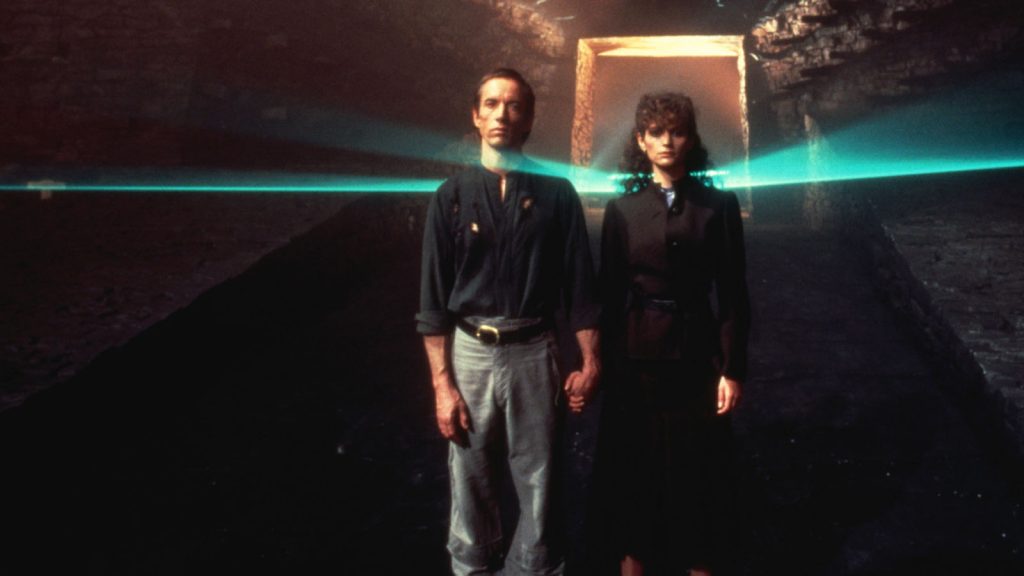
In what could be the fastest-resulting rape revenge movie, a drunken lout brutally forces himself on Ida, the young woman who doesn't return his affections, during a party over Labor Day.
READ MORE >
BY LAURA KERN | Month 00, 2021
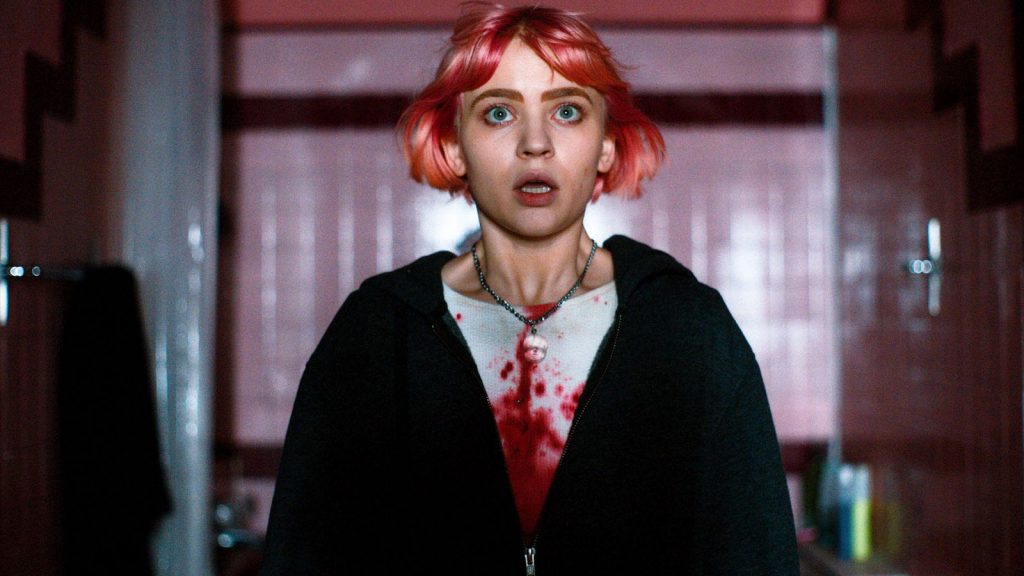
Beast is a lot of movies in one package - fractured fairy tale, belated-coming-of-age story, psychological drama, regional horror film - but above all it's a calling card for its leading lady, Jessie Buckley.
READ MORE >
BY LAURA KERN | Month 00, 2021